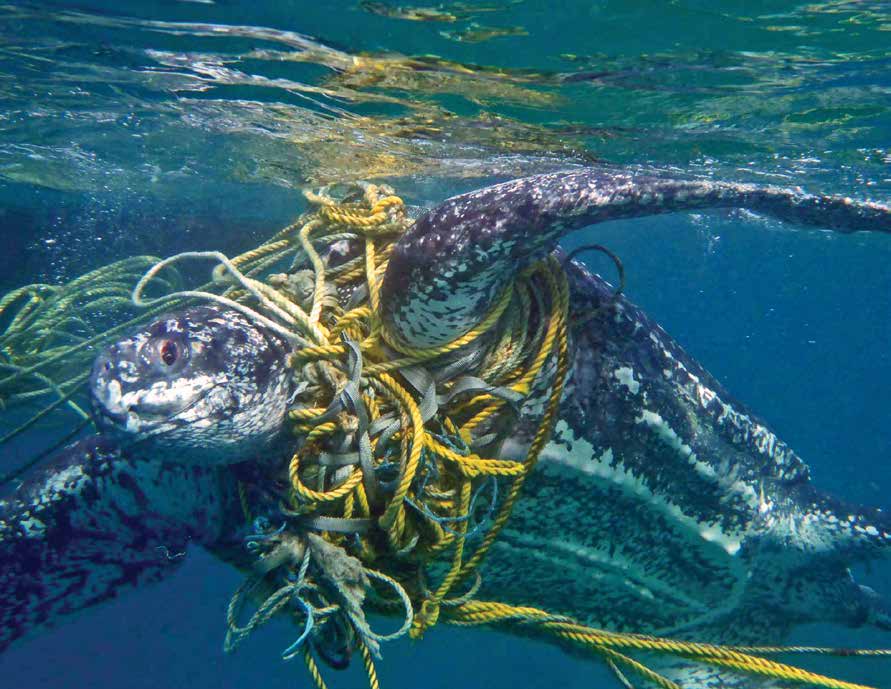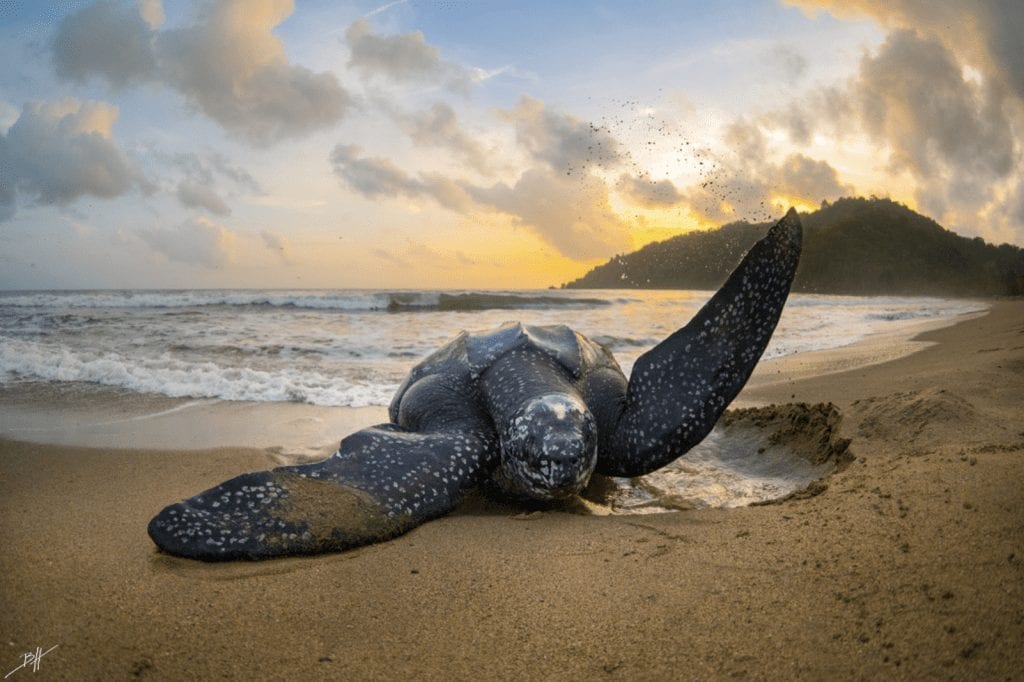The pandemic has created challenges for everyone, but for organizations that rely on travel, it could have brought our work to a standstill. In the past year, several of The Leatherback Project’s (TLP) expeditions have been postponed and potentially cancelled altogether due to travel restrictions, changes in funding availability, or shifts in project feasibility. Although the pandemic has taken center stage, the climate and ecological crises continue to be as dire as ever and in desperate need of our attention. We have the future of our planet’s stability and biodiversity in the palm of our hands. I’m hoping that this year, 2021, will be a year of targeted conservation actions.
For TLP, the targeted action that we are most excited about is launching a fisheries bycatch reduction pilot project in Ecuador. Bycatch refers to the unintended capture of fish and marine species. Estimates suggest that worldwide bycatch volumes reach at least 38.5 million tons per year, which represents 40.4% of all fishing globally, equivalent to 95.2 million tons.

TLP has been monitoring more than 30 kilometers of Ecuadorian beaches per week to document sea turtle strandings and evidence of fisheries interactions. Unfortunately, our database is already much bigger than we expected.
 Endangered species bycatch in Ecuadorian artisanal fisheries are having drastic negative effects on marine wildlife. More than 220,000 sharks are caught per year in artisanal longline fisheries, and 8 of the shark species affected are threatened with extinction (scalloped hammerhead, great hammerhead, oceanic whitetip, pelagic thresher, mako, bigeye thresher, smooth hammerhead, and silky).
Endangered species bycatch in Ecuadorian artisanal fisheries are having drastic negative effects on marine wildlife. More than 220,000 sharks are caught per year in artisanal longline fisheries, and 8 of the shark species affected are threatened with extinction (scalloped hammerhead, great hammerhead, oceanic whitetip, pelagic thresher, mako, bigeye thresher, smooth hammerhead, and silky).
Of sea turtle bycatch in the Southeast Pacific, 87% occurs in Ecuador alone, which equates to approximately 40,480 sea turtles every year. All 5 sea turtle species affected are threatened with extinction: leatherback, hawksbill, green, loggerhead, and olive ridley. Endangered marine mammal and seabird species are also devastatingly affected.
Fishing gear modifications including the use of bycatch reduction technology can be extremely successful at mitigating this threat to marine life. Successful bycatch reduction technologies creatively exploit the differences in sensory capabilities between the fishery’s target and non-target species. Among the most promising technologies are LED lights.
According to the experiments carried out so far, the use of green or purple LED lights on artisanal gillnets has resulted in reductions of sea turtle bycatch by 40-93%, without significant effects on target fish catch. Likewise, a device has been developed that is extremely efficient in reducing sharks bycatch. This product called SharkGuard, created by Fishtek Marine, generates an electrical pulse that over stimulates the electroreceptor organs of sharks, causing them to be deterred from biting baited hooks when this device is present.
The pilot project that we hope to launch this year testing these technologies in Ecuador will be of great benefit to marine wildlife and the fishing sector and will also be an exciting collaboration between local fishermen, fisheries cooperatives, students, NGOs, and government agencies. Building these collaborations amongst multiple stakeholders can be very exciting and usually involves many presentations and discussions using compelling imagery and science on my ThinkPad. The hope is that positive results from the pilot project trials could result in the implementation of these technologies throughout Ecuador’s major fishing ports. Implementation of bycatch reduction technology in the artisanal gillnet fishery would bring us one step closer to preventing the local extinction of East Pacific leatherback sea turtles.

Due to the pandemic, it is unclear for now exactly when this project will be fully funded and able to be safely implemented. However, if you would like to support us in our mission to protect marine wildlife and promote sustainable fisheries, visit www.leatherbackproject.org.